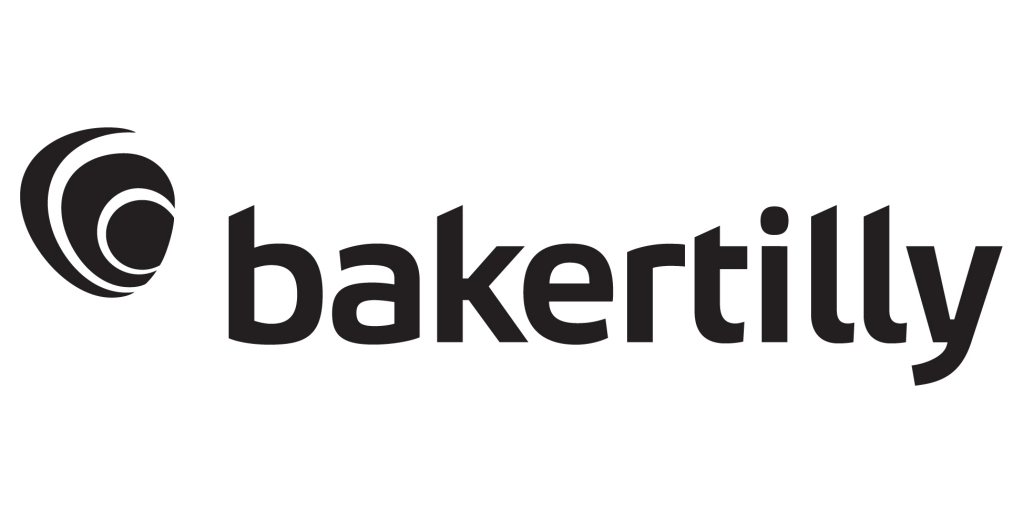Building Your Safety Net: A Safeguarding Checklist for Small Healthcare Organizations
Authored by Baker Tilly’s Michael J. Kessler, III
For many small healthcare organizations, it can be a challenge to balance the complex environment of quality care, compliance and financial sustainability. Proper cost allocation and financial reporting, understanding Medicare Part A co-insurance and bad debt management, strategic planning for workforce transitions, and staying current with regulatory changes and documentation are key for any small healthcare organization to proactively plan for and adapt to uncertainty.
Proper cost allocation and financial reporting
One of the most crucial considerations for small healthcare organizations is to have systems in place that can accurately allocate costs. Accurate cost allocation directly impacts reimbursement, financial transparency and strategic decision making. Organizations should work with a qualified professional to determine which systems will enable them to have detailed tracking across all service lines. The chosen system must be able to determine how tracking will take place as well as which metrics need to be captured — for example, nursing hours per day, square footage, pounds of laundry processed, etc. Without proper tracking, costs cannot be allocated effectively. This approach allows organizations to understand which areas are profitable, supports informed decisions and meets the expectations of both lenders and board members.
Understanding Medicare Part A co-insurance and bad debt management
Navigating the complexities of Medicare Part A co-insurance is a significant challenge for skilled nursing facilities. After a pre-determined length of a patient’s Medicare Part A stay, a resident becomes responsible for co-insurance, which can easily turn into bad debt if unpaid. Facilities need a system and a way of logging bad debt, whether that is a simple Excel file or an integrated billing system to track these unpaid co-insurance amounts. Remaining compliant with billing and collection policies is essential for claiming reimbursable bad debts on the Medicare cost report. Small healthcare organizations can maximize their reimbursement and reduce financial risk by evaluating internal controls and building a system to track effectively, as well as training staff to manage these processes effectively.
Strategic planning for workforce transitions
As a large portion of the healthcare industry workforce is nearing retirement age, a significant staffing challenge is beginning to loom. It is vital to take the time now to assess which roles are at risk and develop succession plans to ensure continuity. Evaluate current staff for potential internal promotions, identify if there is a need for recruitment and consider outsourcing where it makes sense within the organization. If there is a potential for outsourcing staff to support back-office functions like accounting, tax or HR and payroll services, the Baker Tilly Advantage team is able to step in and be a source of support and continuity. Proactive planning can help organizations present institutional knowledge and maintain operational stability, particularly in specialized roles such as healthcare accounting, where finding qualified candidates for experienced roles can be especially difficult.
Staying current with regulatory changes and documentation requirements
Healthcare regulations, especially those related to Medicare and Medicaid, are constantly evolving and have a direct impact on reimbursement and compliance. Organizations must prioritize educating clinical staff about documentation requirements for both state and federal programs. Regularly auditing claims can ensure proper documentation and help you stay informed about major regulatory changes. Additionally, educating organization board members about the complexities of operations can increase awareness of how regulatory changes and operational decisions can affect the organization’s overall health. An informed board is better equipped to make strategic decisions and support the organization’s mission, ensuring that governance aligns with both regulatory demands and business objectives. Leveraging internal and external expertise can help your organization adapt to new requirements and avoid denied claims or financial losses due to inadequate documentation and uninformed organization members.
Small healthcare organizations have the unique challenge of operating in a dynamic and demanding environment. It’s crucial that they can be proactive in addressing key areas such as these. Keeping these items in mind can help organizations build a resilient safety net that helps them mitigate risk and positions the organization for sustainable growth and improve patient care.
For more guidance, contact an experienced Baker Tilly industry practitioner about your healthcare organization today.

